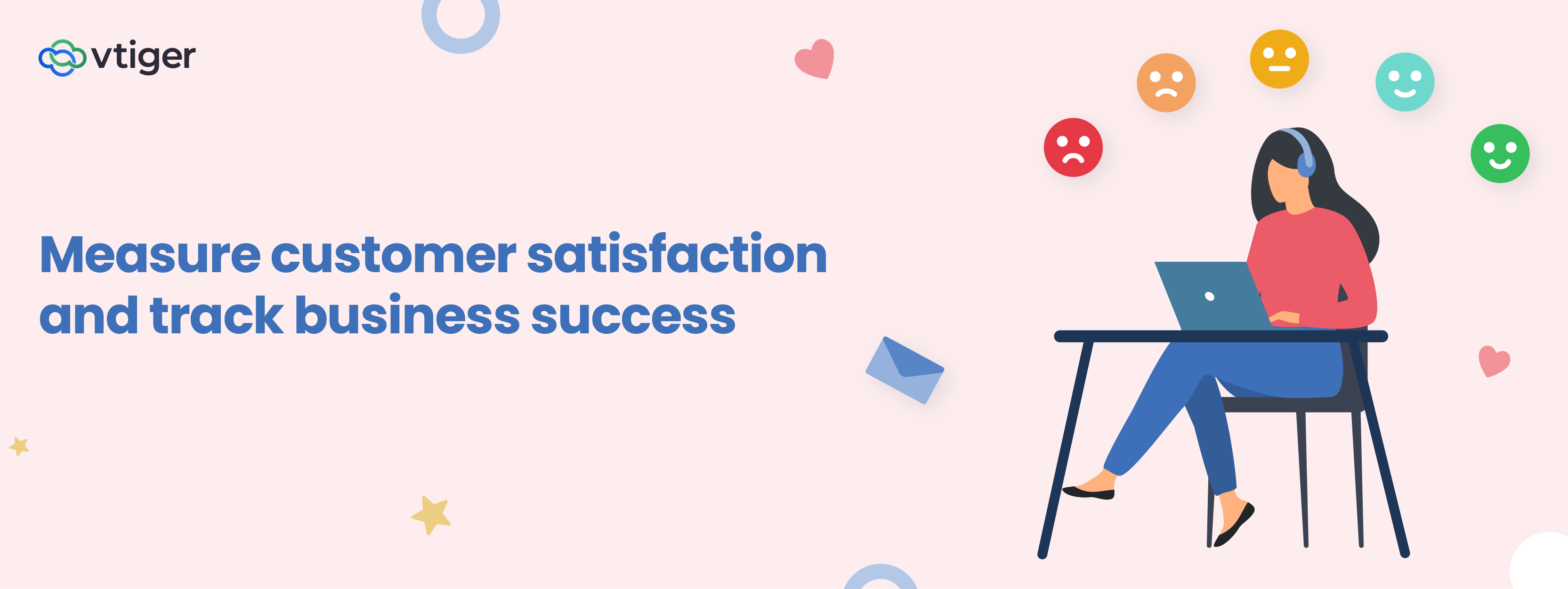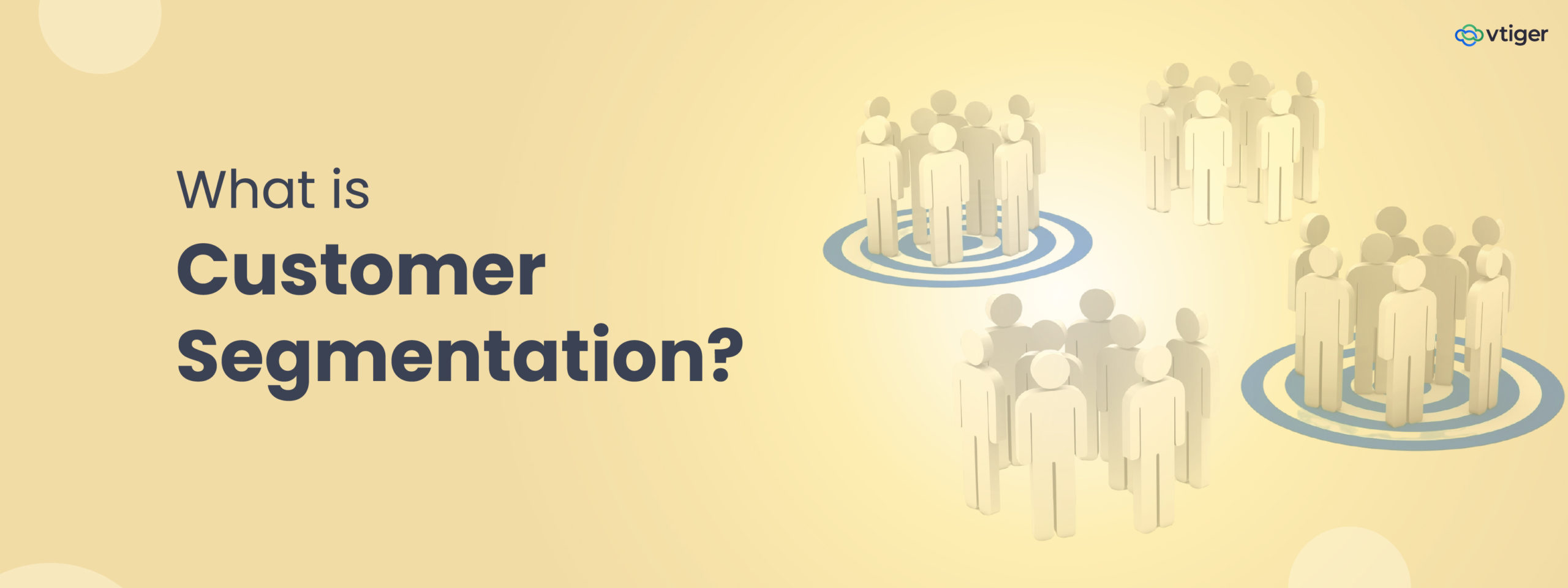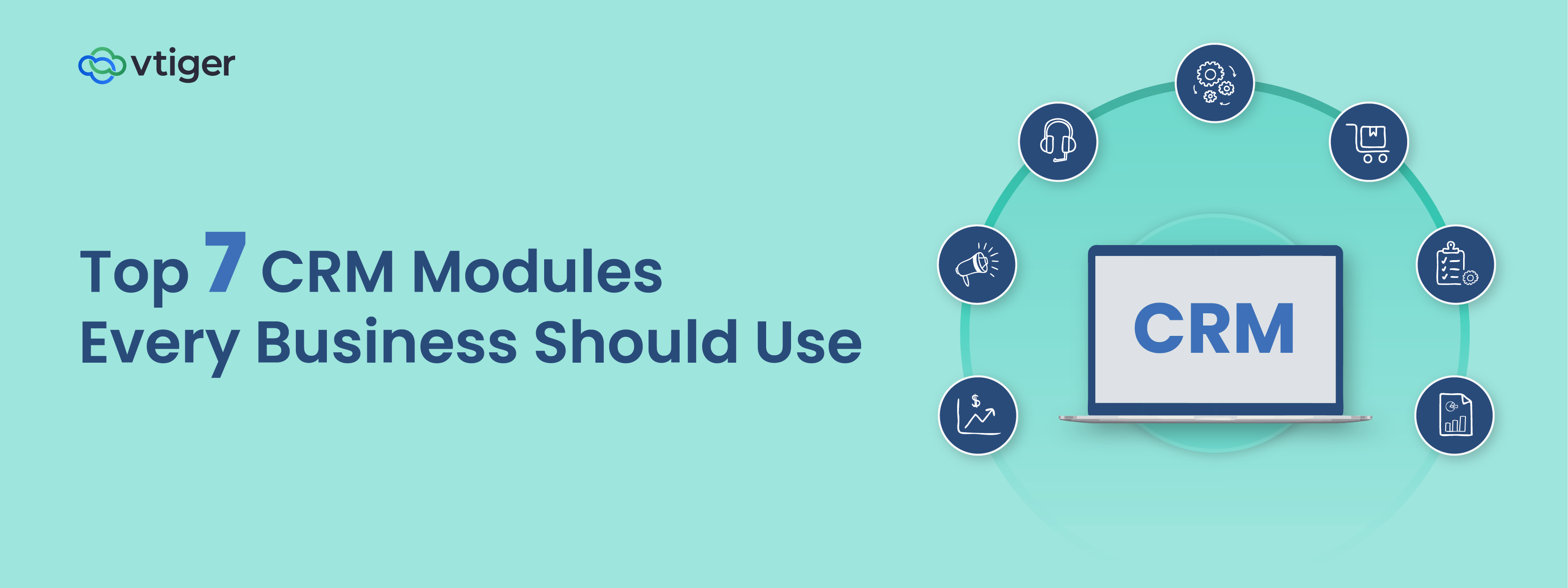Customer satisfaction is an overlooked business model, which is incredibly important. Some businesses focus more on acquiring customers than providing an exceptional customer experience (CX). Only a good CX can increase customer satisfaction, sales revenue, and more.
Therefore, satisfying customers by providing better service should be your priority. You can make intelligent decisions for your business by measuring customer satisfaction accurately. You can also achieve customer loyalty and trust without a doubt.
Also, providing personalized customer service can assist you in delighting your customers for a long time.
Now, what is the best way to track customer satisfaction? There are three smart models to execute that properly.
3 popular ways to measure customer satisfaction
It is only possible to monitor customer satisfaction with quantitative data. Technological advancement has made it easier to drill down data and receive accurate results.
So, let’s dive deep into the models to monitor customer satisfaction effectively.
Net Promoter Score (NPS)
NPS is a widely used technique that monitors how likely customers will recommend your business to a friend. You must know referrals are a great way to gather quality leads and attain higher conversion rates.
Net Promoter Score will give you a rough idea of the possibility of generating leads from referral customers. Customers are asked to rate on a scale of 0 to 10 to understand the likelihood of recommending your business to others. If a person rates between:
- 0 to 6 are called detractors. Customers in this category have greater chances of leaving the business and may encourage others to purchase.
- 7 to 8 are passives. These customers are satisfied with your business but must be more enthusiastic about recommending it to others.
- 9 to 10 are promoters. They display strong and positive emotions toward the brand and are likely to recommend it.
You can calculate NPS by subtracting the percentage of detractors from promoters.
Customer satisfaction score (CSAT)
CSAT measures how satisfied customers are with the products and services. This metric is measured on a scale of one to five. For example, you can ask your customers to rate their experience and satisfaction level after the call. Here, one to five defines the following:
- Highly unsatisfied
- Unsatisfied
- Neutral
- Satisfied
- Highly satisfied
CSAT score is measured by dividing the total number of satisfied customers by the number of respondents.
Customer Effort Score (CES)
Companies use the CES score to understand how easy or difficult it is to do business with the organization. It is also used to know how much effort a customer has to put into communicating with the respective team. Generally, companies use this metric to measure the effectiveness of their customer support.
Like CSAT, it is also measured on a scale of one to five, with one being very difficult and five very easy.
In a nutshell, these metrics are important to gain business insights and understand the areas that need improvement. This way you can create better experiences for customers.
Also read: Vtiger’s customer satisfaction survey: why measure customer happiness.



